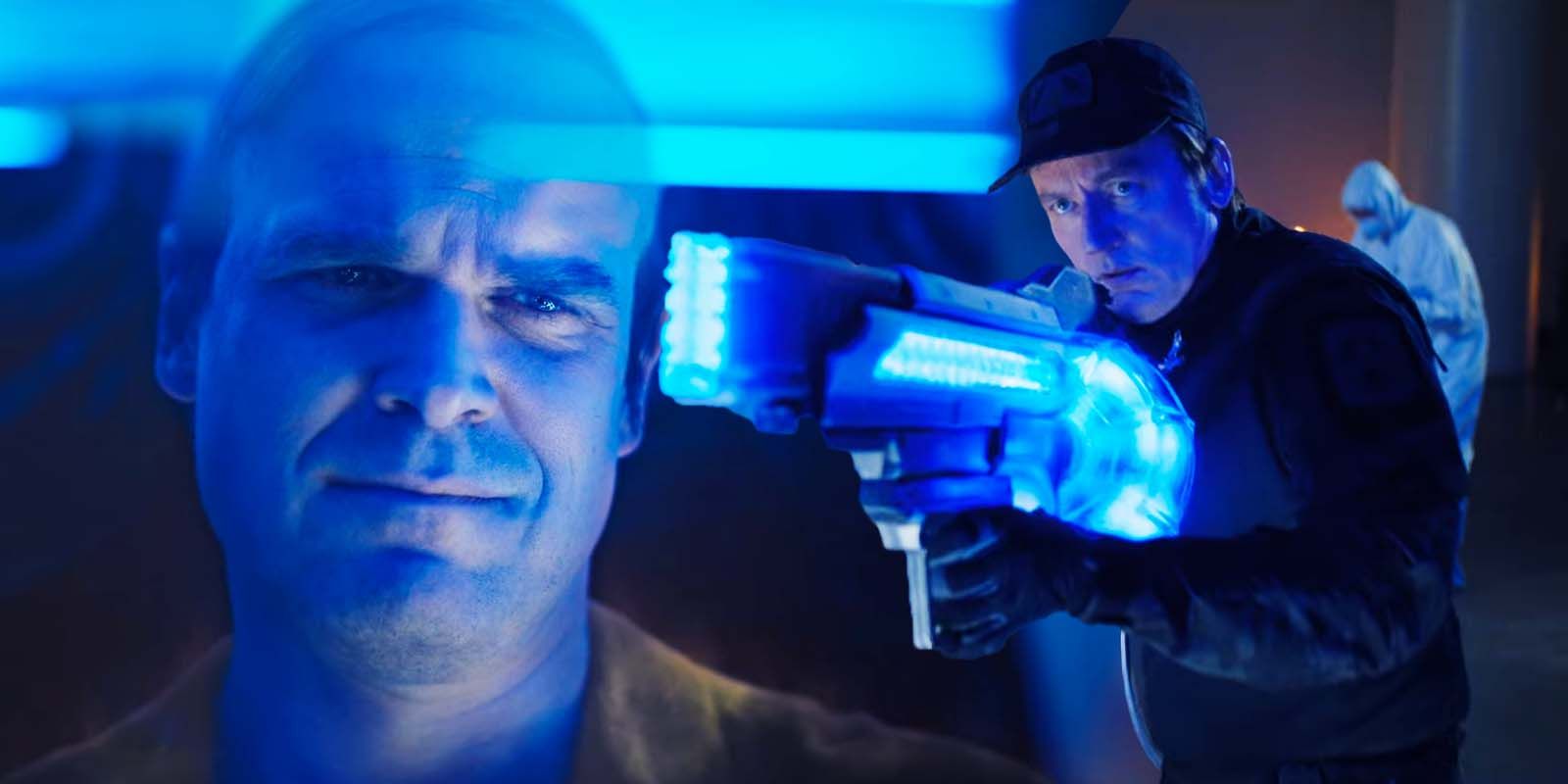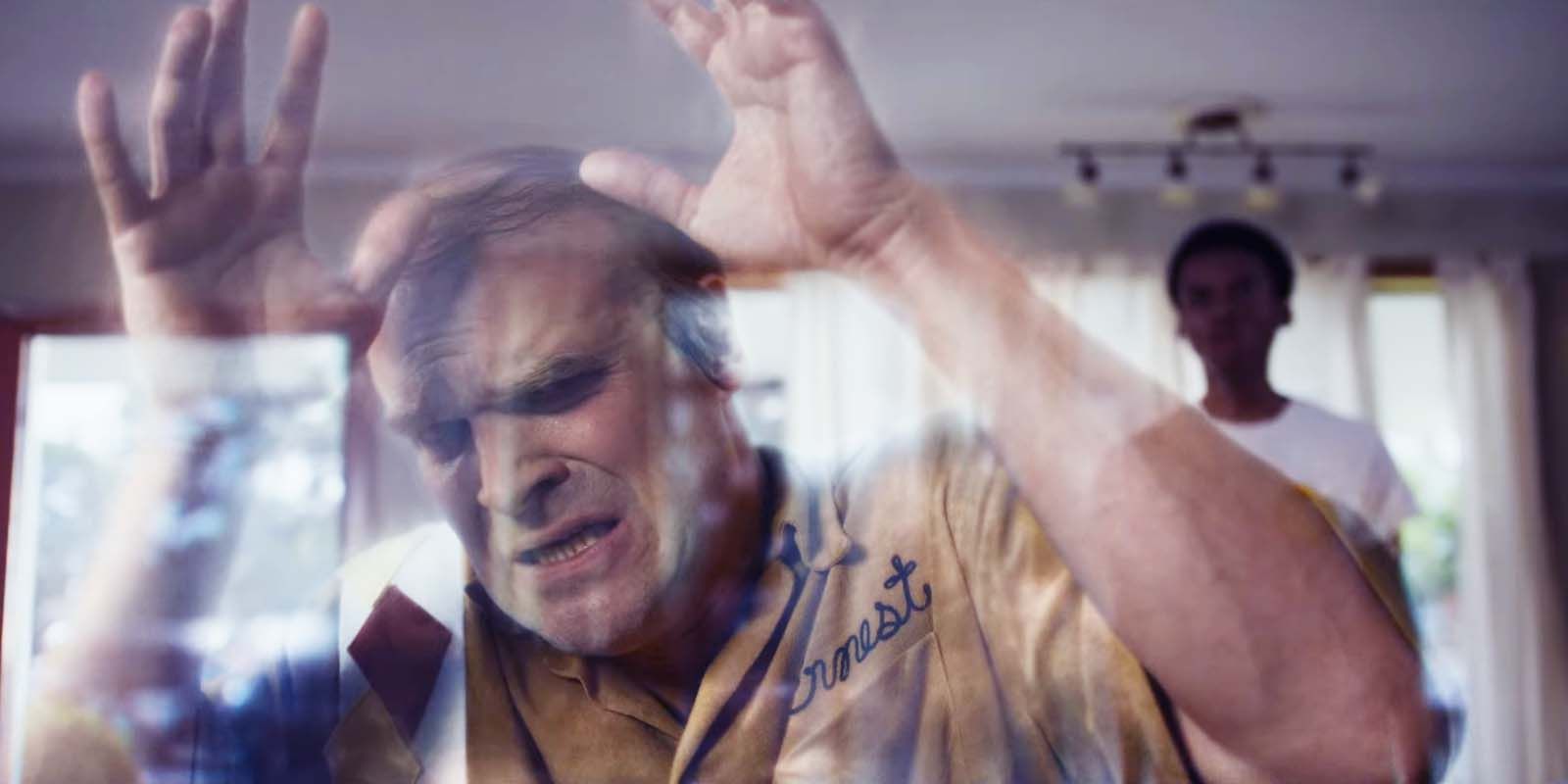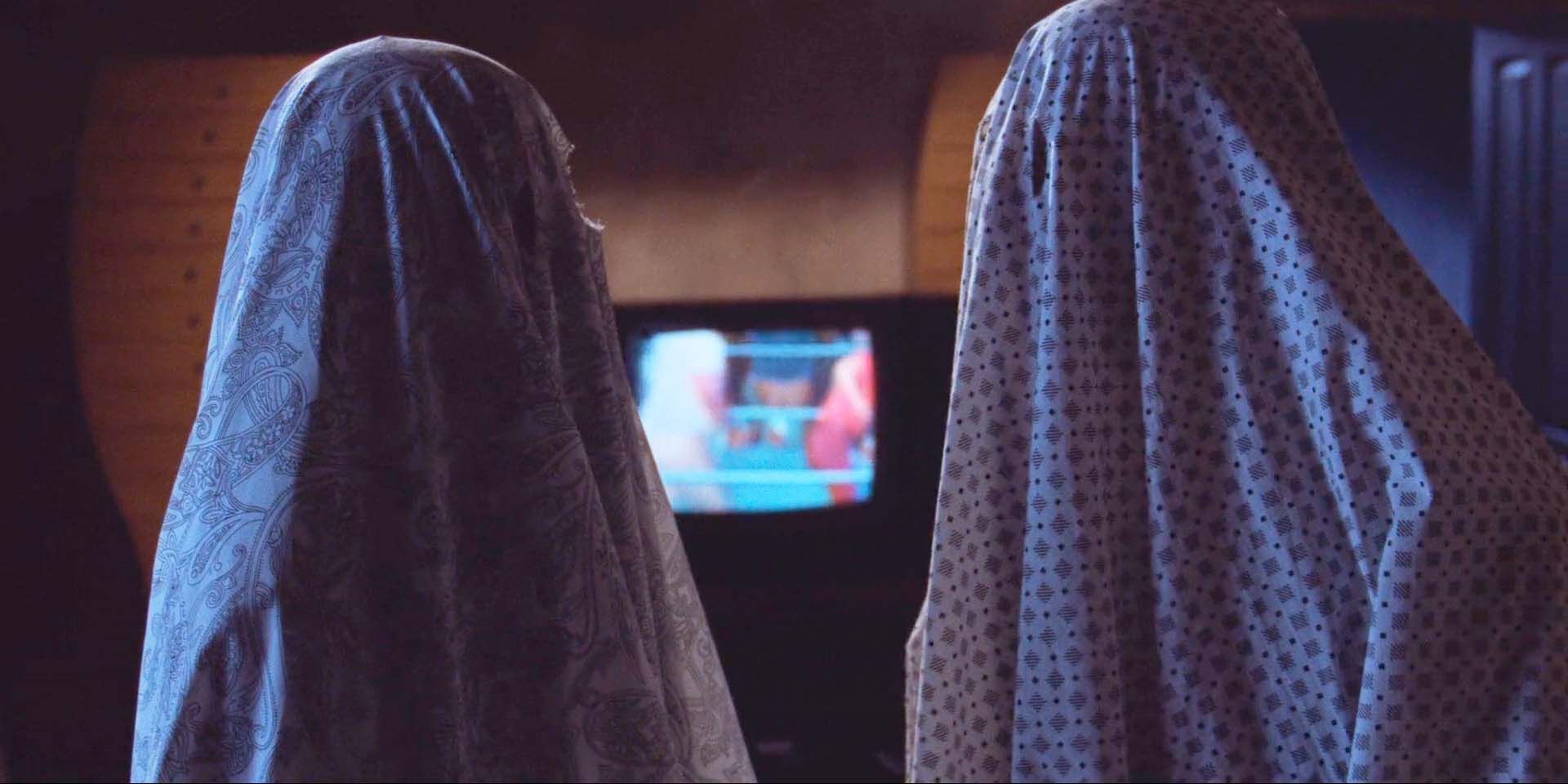Warning! SPOILERS for We Have A Ghost ahead.Netflix’s We Have a Ghost is not the first horror comedy to humanize ghosts, but its institutionalized ghost-hunting provides some disturbing answers about how said system would lead to evil ghostbusters rather than the beloved Ghostbusters protagonists. While plenty of 1980s horror-thriller comedies were centered on a main character accepting a stranger, whether that came in the form of a friendly ghost or a cute alien, 1984’s Ghostbusters was not particularly keen on humanizing its ghosts. Instead, the ghosts tended to provide comic relief, especially considering the chaos they created, their various funny shapes, and their unusual behaviors.
We Have a Ghost’s focus on the wholesome friendship between David Harbour character Ernest and Jahi Winston's Kevin highlights Ernest’s humanity, despite the fact that Kevin’s father and brother might have initially wanted to cash in on Ernest’s internet popularity. Capitalizing on the revelation that ghosts truly exist was already a theme of the 1988 movie Beetlejuice, but We Have a Ghost innovates the friendly ghost idea by having Ernest be easily likable to audiences and characters alike. Indeed, Ernest establishes meaningful connections with Kevin and Joy, and also Dr. Leslie Monroe and Kevin’s father Frank, despite their initial opposition to him in We Have a Ghost.
We Have A Ghost Shows The Ghostbusters From The Ghost's Perspective
One of We Have a Ghost’s biggest themes is Ernest’s inability to move forward because he forgot how he died and the reason he remains stuck in the Presleys’ new house. Although this story has little obvious connection to the original Ghostbusters movie, Ernest and Kevin’s biggest foe turns out to be the CIA-led Wizard Clip operation, spearheaded by Dr. Leslie Monroe, who had originally created it precisely to capture ghosts, but whose intentions are mainly academic. This development shows the darker, more exploitative potential behind the Ghostbusters concept.
Wizard Clip’s approach is exemplified by Schipley's ominous answer to Monroe’s inquiries about what they will do to Ernest: "Well, he's dead, so uh... whatever the hell we want." This mindset proves the CIA do not see Ernest’s humanity, treating him instead as a perpetual test subject. Adding this to Monroe’s invention being able to hurt and capture ghosts inevitably highlights a comparison between We Have A Ghost's villains and the Ghostbusters movie characters. Indeed, if the classic ghostbusting agency were government-led rather than independent, it could have easily resulted in the ghosts’ exploitation in the name of science thanks to a legislative void, creating evil Ghostbusters.
Why We Have A Ghost's Ghostbuster Similarities Might Be Intentional
Ghostbusters is far from the only 1980s inspiration found in We Have A Ghost. Ernest’s inability to scare Kevin by moaning while looking scary in We Have a Ghost clearly hints at Barbara and Adam’s actions against their house’s new owners in Beetlejuice, and Ernest’s friendship with Kevin slightly resembles Barbara’s relationship with Lydia. Even We Have a Ghost’s Frank and Fulton entrepreneurial ideas involving the production of Ernest’s viral videos hint at Beetlejuice, as Lydia’s parents wanted to use Barbara and Adam for similar purposes.
We Have a Ghost's multiple references to 80s horror comedy movies suggest its Ghostbusters hints and similarities are potentially intentional. Even the presence of evil ghostbusters hints at a reversed look at typical 1980s movie themes, presenting an alternative perspective to already beloved stories. After all, We Have a Ghost’s nostalgia-driven intentions are detectable from the horror comedy’s structure and its central themes.



